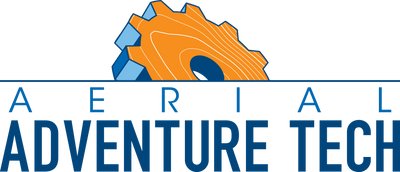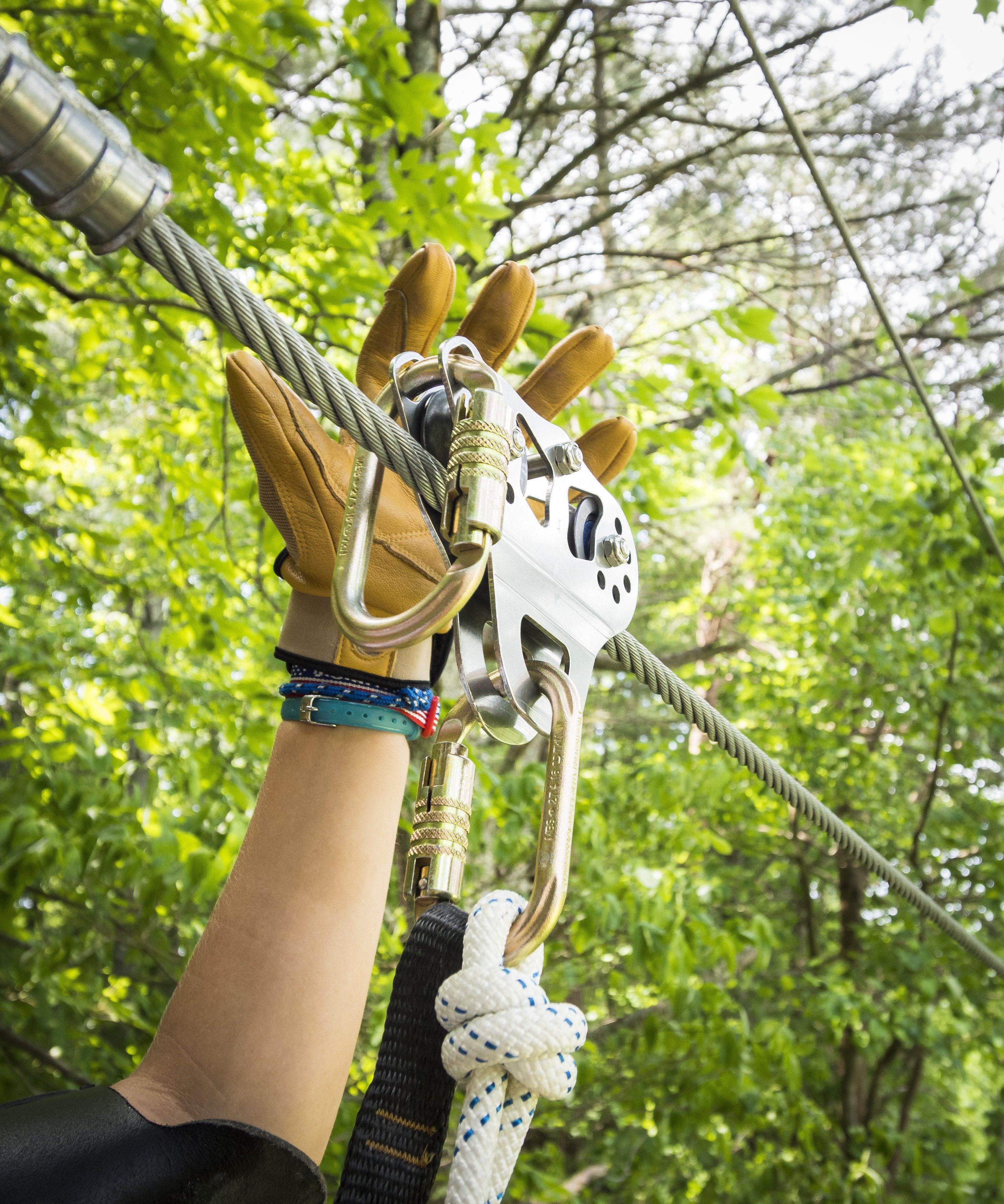Do you know what a JHA is? Well, a JHA is required by OSHA to, among other things, evaluate if your staff has the proper PPE for their job. Sound like a confusing alphabet soup? Let’s break it down.
OSHA
OSHA stands for Occupational Safety and Health Administration. They are an agency of the United States Department of Labor, and their stated mission is: “to assure safe and healthy working conditions for working men and women by setting and enforcing standards and by providing training, outreach, education and assistance”. This means that their sole purpose is to minimize risk to your staff while they’re on the job. It’s not that they don’t care about the safety of your participants, but this is not within their purview.It is also important to point out that OSHA administers and enforces regulations that govern nearly every employee in the nation. This almost certainly includes your challenge course, aerial park, or zipline tour staff.
JHA
JHA stands for Job Hazard Analysis. Does OSHA require a JHA? Well, it’s a little complicated. There is no specific OSHA requirement for completing a JHA; however, OSHA provides guidelines for it because failing to assess specific hazards in the workplace could result in citations under many other OSHA standards as well as OSHA’s General Duty Clause. Using the JHA is an easy way to identify and control those hazards.
A hazard is a condition or activity that could lead to an injury or illness. The job hazard analysis is a formal process of identifying the hazards that are present in the work environment, and then developing a plan to eliminate or mitigate them. The findings of the JHA process can help to reduce the number and severity of accidents and injuries, and they should be part of your larger risk management strategy. As always, don’t forget to document this process.
A JHA can be conducted on any job, but according to OSHA priority should be given to jobs with higher injury rates, jobs with the potential to cause severe injury even if there is no history of previous accidents, jobs in which human error could lead to serious injury, and jobs complex enough to require written instructions. Do any of those descriptions sound like they could apply to your aerial adventure staff? Right. So let’s talk about the process.
A good first step is to review your accident and “near miss” history. This will help to steer you towards hazards that might warrant increased scrutiny. Then conduct a preliminary job review. Brainstorm with managers and employees to identify known risks. Prioritize those that are the most likely to occur and those that have the most severe consequences.
Now it’s time to break it down into specific tasks and come up with specific plans. Let’s imagine that you have a climbing wall where participants are belayed by staff using an ATC. The job hazard you have identified is “rope burn”. Once you establish the task and the hazard it’s time to do a little detective work to establish:
- Why it happens?
- Where is it happens?
- Who is it happening to?
- What conditions might trigger it?
- Are there any other contributing factors?
Maybe it happens more on the steepest routes, maybe it happens more to your smaller and lighter staff, maybe it happens more on rainy days, maybe it happens most often when staff don’t wear gloves. Rarely is a hazard a simple case of one cause resulting in one predictable outcome but doing this analysis can shed some light on multiple ways to address the hazard.
Here’s our basic JHA in this case:
Task: belaying
Hazard: rope burn
Cause: improper technique
Hazard controls: have primary and backup belayer(s), install a belay anchor, switch to an assisted belay device (such as a GriGri), wear full-finger gloves
PPE: OSHA-compliant harness and helmet, full-finger belay gloves
PPE
Let’s talk about the hazard control and PPE steps of the above JHA example. PPE stands for Personal Protective Equipment, and PPE is an important piece of any hazard control strategy at an aerial adventure operation. Not to mention that OSHA law does explicitly require that employers provide appropriate PPE (like harnesses, helmets, and gloves) for zipline, aerial park, challenge course and other similar at-height workers.
Information obtained during the JHA process isn’t helpful unless you implement the hazard control measures. But all hazard controls aren’t created equally; some are more effective than others at reducing risk. From most to least effective they are:
- Engineering controls: design of the facility, equipment, or process to remove or lessen the hazard. Typically a physical change to the workplace, like railings all the way around a platform for example.
- Administrative controls: written procedures, signage, or training for example. Typically an attempt to change the behavior, like teaching staff to never go near an open edge at height.
- PPE, or personal protective equipment such as harnesses, helmets, and lanyards. Where engineering and administrative controls cannot completely eliminate the hazard (which, let’s face it, is often the case in our industry), PPE can reduce the severity of potential injury. For example, a harness and lanyard limiting the distance of a fall and preventing the staff member from hitting the ground.
So, now you have a basic idea of the components included in a JHA and the steps to complete it. If this still seems confusing or overwhelming, consider reaching out to your insurance agent, a risk management consultant, your aerial adventure course designer or an ACCT-accredited PVM like Challenge Towers. Additionally, OSHA has a variety of resources on their website, and even provides consultation services. No matter how you do it, doing a Job Hazard Analysis is an important piece of your overall risk management strategy, it is a valuable tool for learning how to refine your policies and procedures, and it is crucial to making your operation a safer place to work.

